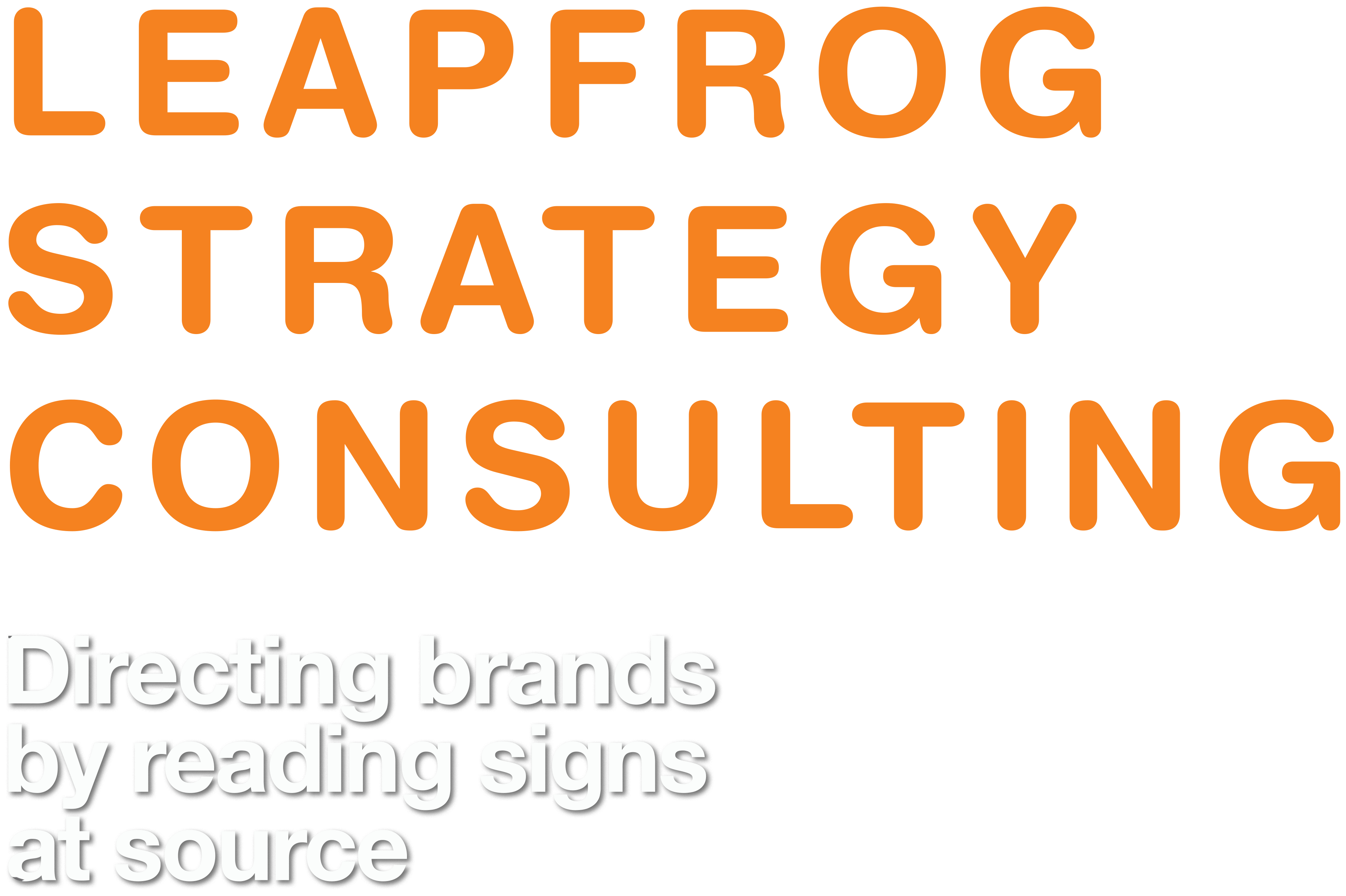In this article, we explain our Culture First viewpoint, what we are talking about as well as its benefits for consumer insight and communication.
Colour is the most commonly associated sign or aspect of semiotics for branding and marketing. Colour as a sign among most brand marketers is rife with misinformation or skewed understanding. This article highlights some of the basic concepts of colour semiotics and their relevance especially for packaging development.
Many qualitative researchers know the term semiotics and have a lot of curiosity about it, but don’t quite know where to get their questions answered. This article is written as an imagined dialogue between a qualitative researcher and a semiotician—a curious seeker and a friendly teacher—to demystify semiotics and understand how a semiotic analysis is actually carried out.
Q&A Series:
Q&A is a series of conversations and dialogue between a Semiotician and a fellow Professional who works in allied areas and hence uses Semiotics. This includes brand strategists, communications professionals, behavioural scientists, qualitative researchers, design thinkers and so on.
It is written in the format of a dialogue between
A Curious Seeker and A Friendly Teacher.
and A Friendly Teacher. 
To all the curious seekers out there in the world, my hope is that this series will leave you better informed and engaged enough to fuel your curiosity further.
This dialogue is addressed to my fellow brand strategists and planners at communications agencies as well as marketers.
In the last conversation that we had, you had explained how cultural misalignment comes about for brands and advertising. And showed how having a semiotician on the team can help avoid many pitfalls. In this conversation, we move on to the next brand challenge, which is fuzzy brand image, with very little distinctiveness.
In the last two conversations that we had, you had described two problems that are often categorized as brand perception problems, whereas, in reality they are problems of poor semiotics. This included fuzzy brand image (lack of distinctiveness) and cultural misalignment. Is there a third problem that is misclassified as a perception problem, when it is actually a semiotics problem.
This blog post is addressed to all behavioural scientists, practitioners, students and those generally interested in the science behind consumer and human behaviours, with a goal of bringing about behaviour change.
Where does behavioural science stand in contemporary marketing and research?
In the previous article, you had said that the meeting ground between signs and behavioural science needs to be considered separately and differently between closed and open environments. You had described how signs impact behaviour in closed environments. How should we think about signs in open environments?

